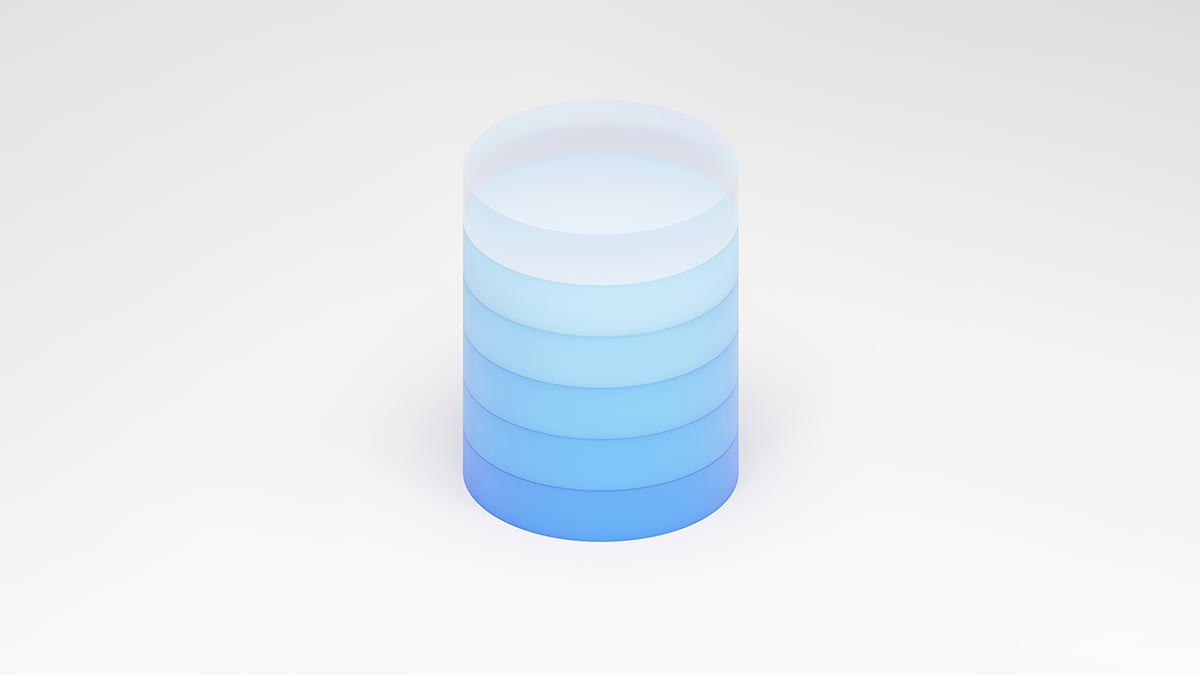Have you ever noticed that a WordPress website you manage for yourself or a client is running slower than usual, as if it is crawling at a snail’s pace?
There’s a plethora of factors that are relevant to your website’s overall performance and speed. These include your selected hosting service, theme quality, page builder used, site complexity, total number of active plugins, E-commerce infrastructure, third party integrations, tracking scripts and caching environment.
In this post we’ll be focusing on the database, an often overlooked component that’s responsible for storing all of the information on your website.
What is a database?

Databases are tasked with the essential role of organizing colossal amounts of information to be quickly and easily accessed. All data is stored within a series of specific database tables that categorize it. Everything from pages, posts, comments, products, orders and revisions are stored within these tables.
This information is accessible by a webmaster through phpMyAdmin, a free GUI-based application for administering MySQL over the web. Tables can be manually browsed, edited and deleted within phpMyAdmin, but this is generally not advisable for folks less familiar with their contents. Incorrectly editing tables may lead to unexpected errors on your WordPress site, so it is best to only edit them when troubleshooting or making necessary changes.
What happens with the database over time?
The WordPress database is designed to be self-sufficient so that regular users don’t need to access it. However, WordPress sites that experience high volumes of traffic, user activity, engagement, and content changes end up getting bogged down by all of the stored data. This is typical in larger installations that have a multitude of custom integrations for providing more advanced functionality.
Given the sheer number of plugins just within the WordPress repository alone, it’s easy to understand how a site becomes cluttered very quickly. A bloated database is an inevitability for most WordPress website owners.
The most common culprits of lagging databases are post revisions, spam comments, orphaned items and expired transients (types of cached data used by the Transients API). When all of these pile up in time they can introduce undesirable latency, resulting in a slower experience on both the frontend and backend of your website.
Routine database maintenance helps to keep your website running smoothly, resulting in faster website loading times, reduced server load and an improved user experience. But is it really practical to pull up phpMyAdmin every few weeks or months and edit tables just for this purpose? Thankfully there’s a much simpler way to go about this process.
Enter Advanced Database Cleaner

The Advanced Database Cleaner plugin by SigmaPlugin allows website owners to maintain a clean and optimized database by scheduling routine cleanups within the WordPress backend. The initial configuration is simple and takes just a few minutes to setup based on the plugin’s documentation guides. Cleanups can be scheduled once, hourly, twice a day, daily, weekly or monthly.
While the free version is great right out of the box, we highly recommend upgrading to the pro version. Pro unlocks the detection of orphaned options, tables and cron jobs. Specific items can be scanned to determine which plugin or theme they belong to, and all items can be searched and filtered. Technical support is also included for additional peace of mind. It’s a win-win for you, your site’s visitors and the plugin’s dedicated development team. We absolutely love this.
Let’s get cleaning!
Razorfrog includes Advanced Database Cleaner Pro within our site optimization services for our standard and advanced care plans. We’ve achieved significant speed improvements with ADC Pro and are very satisfied with the plugin’s reliability and performance results. It’s been a game-changer for the folks in our pond.
Gone are the days of worrying about unoptimized databases and slowly crawling sites. Give your database the deep clean it needs to stay finely-tuned and clutter-free. You won’t regret it. Happy housekeeping!

